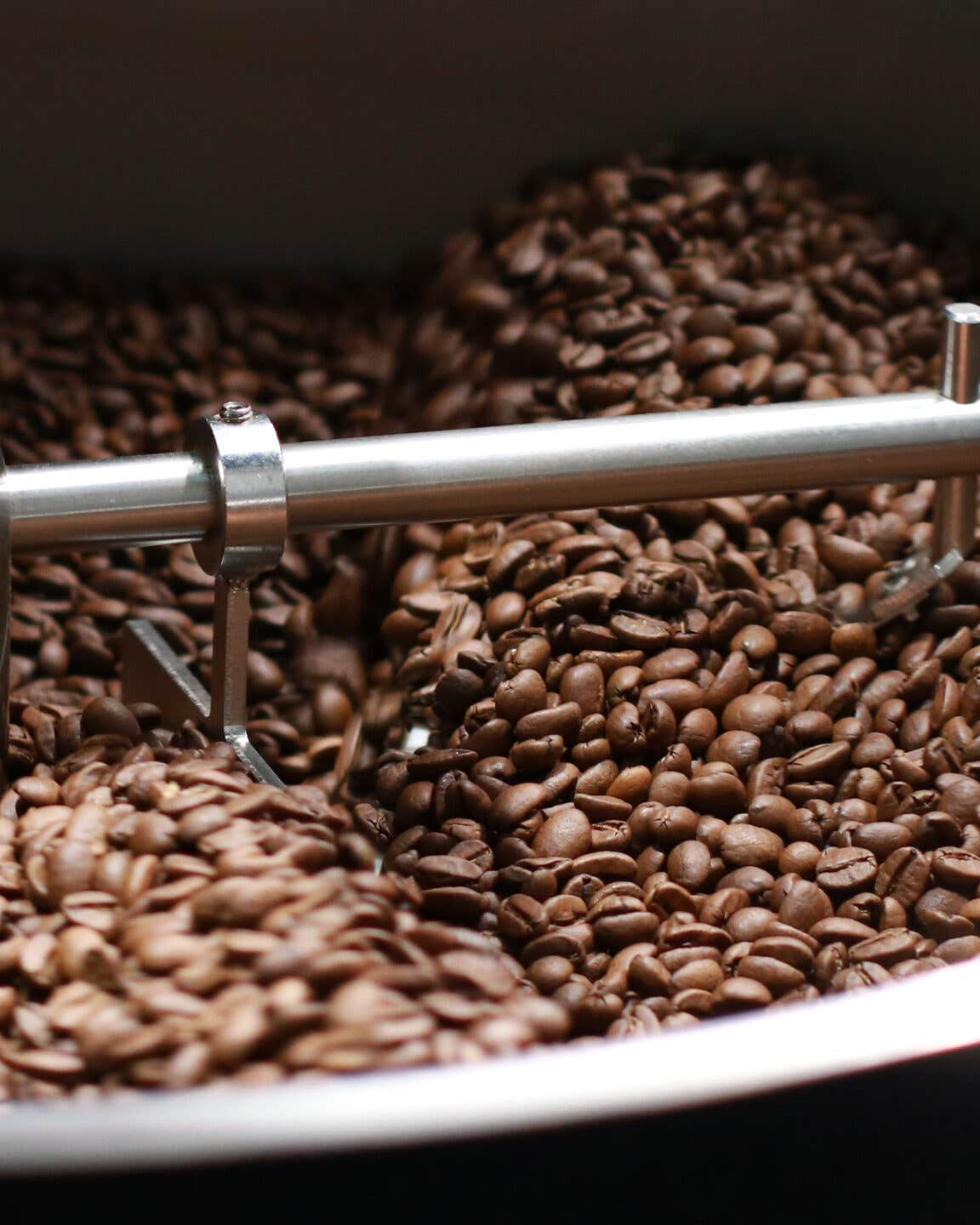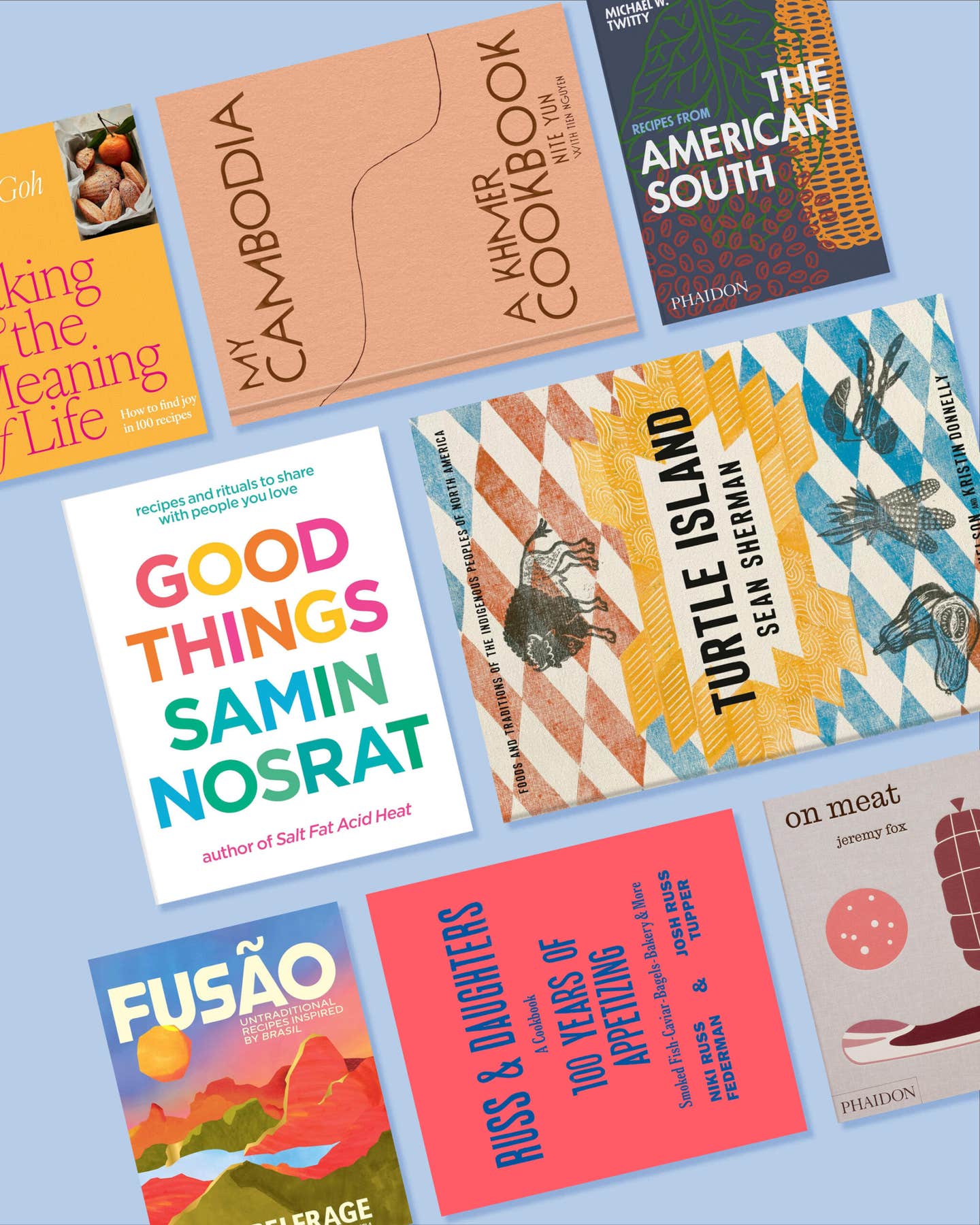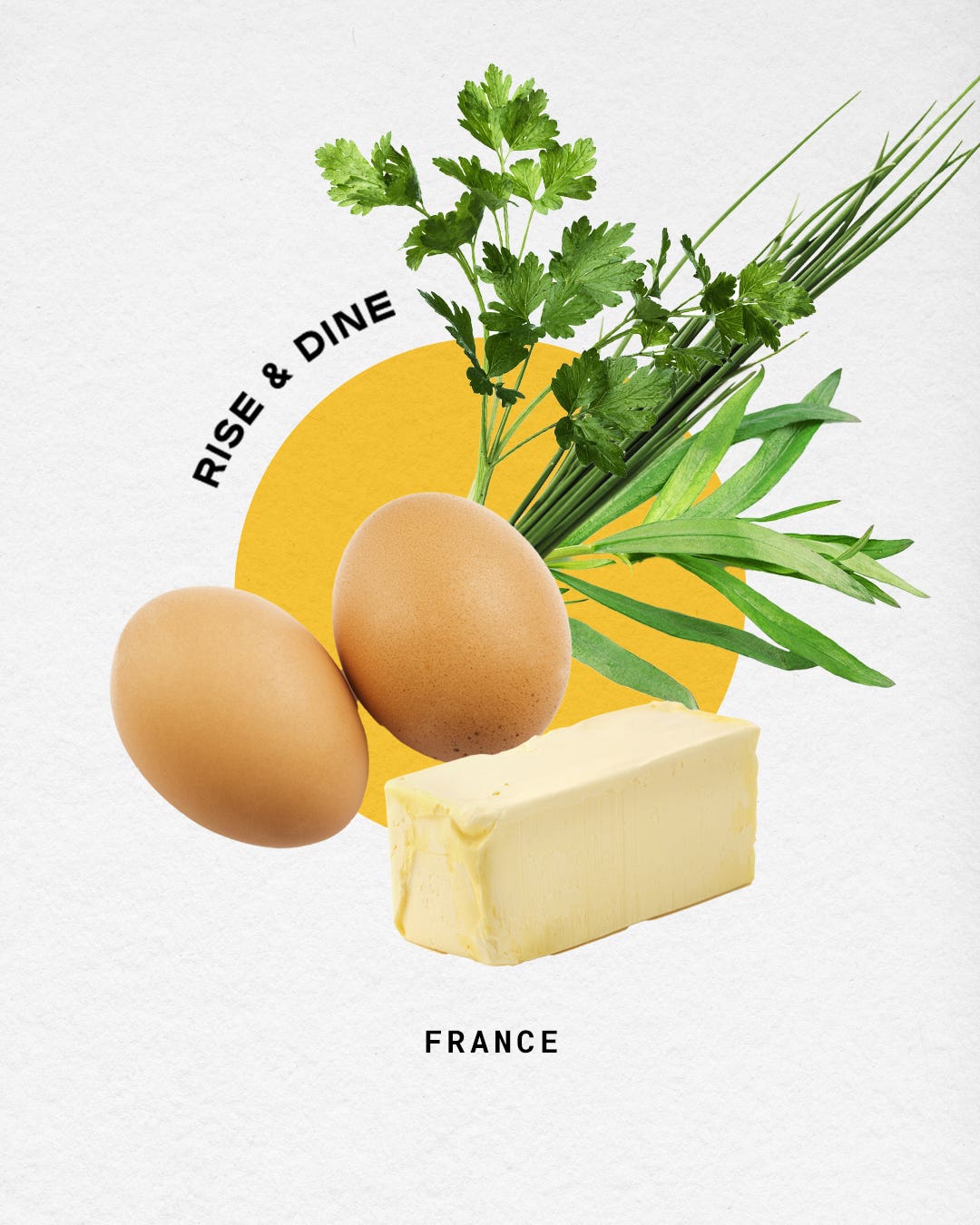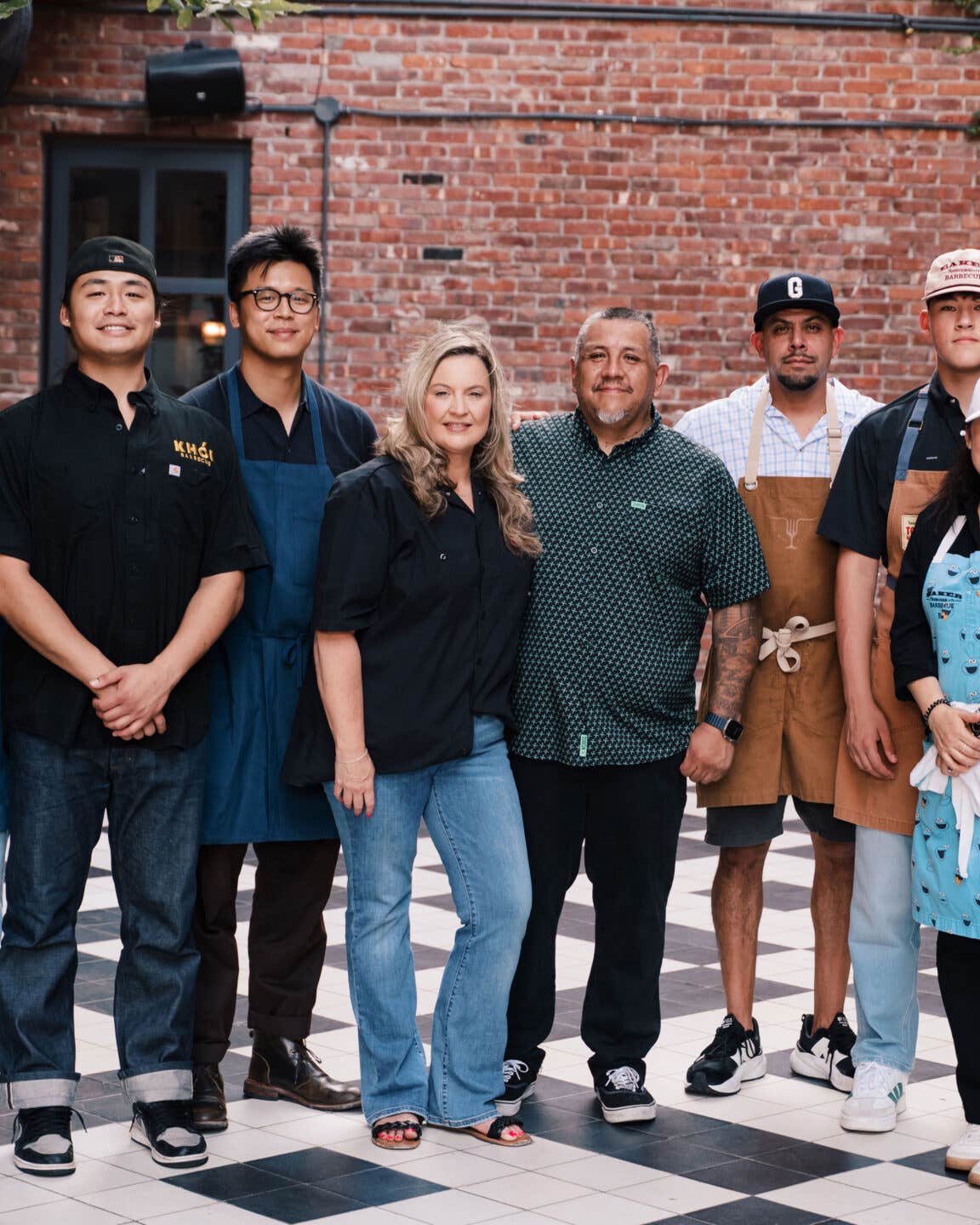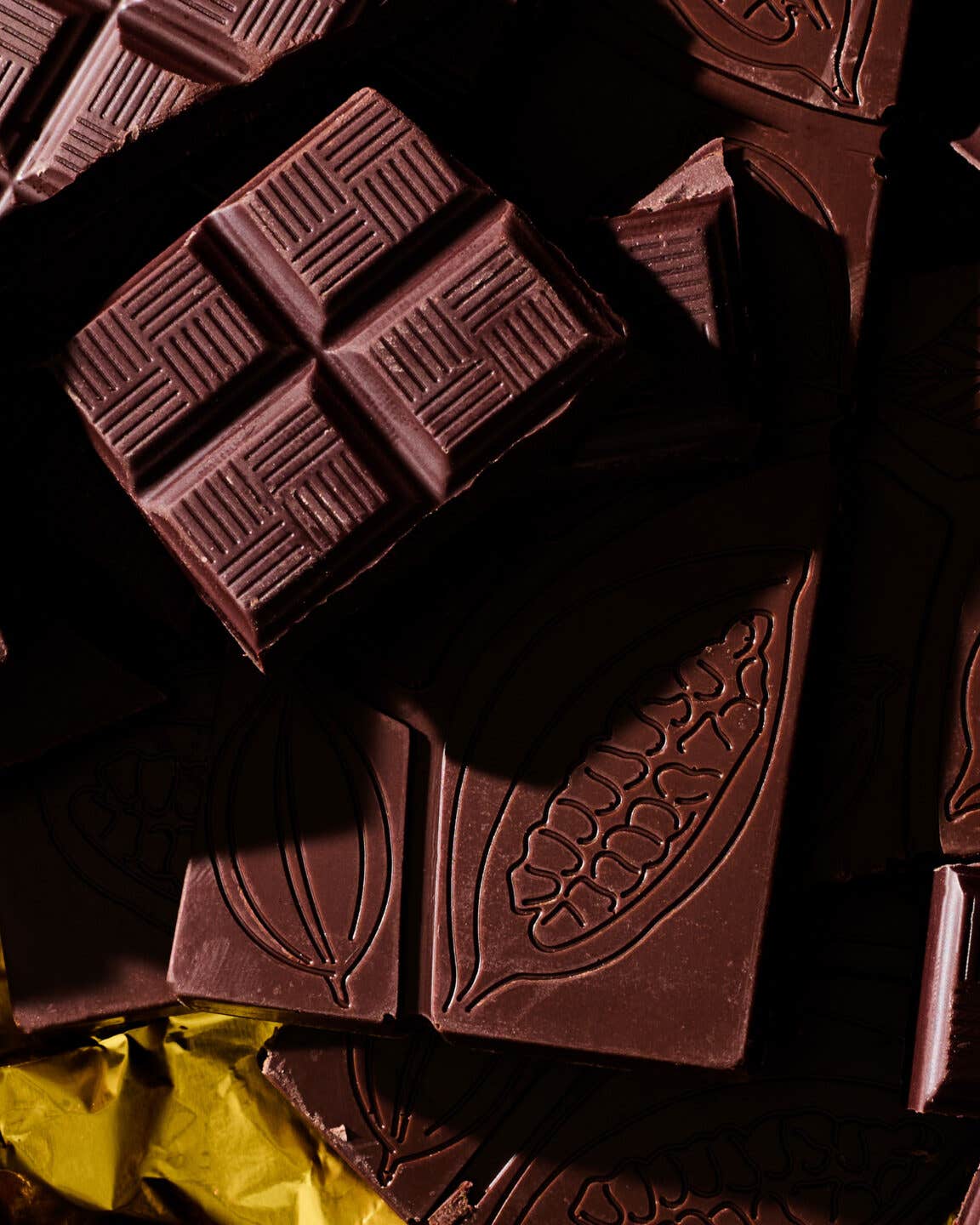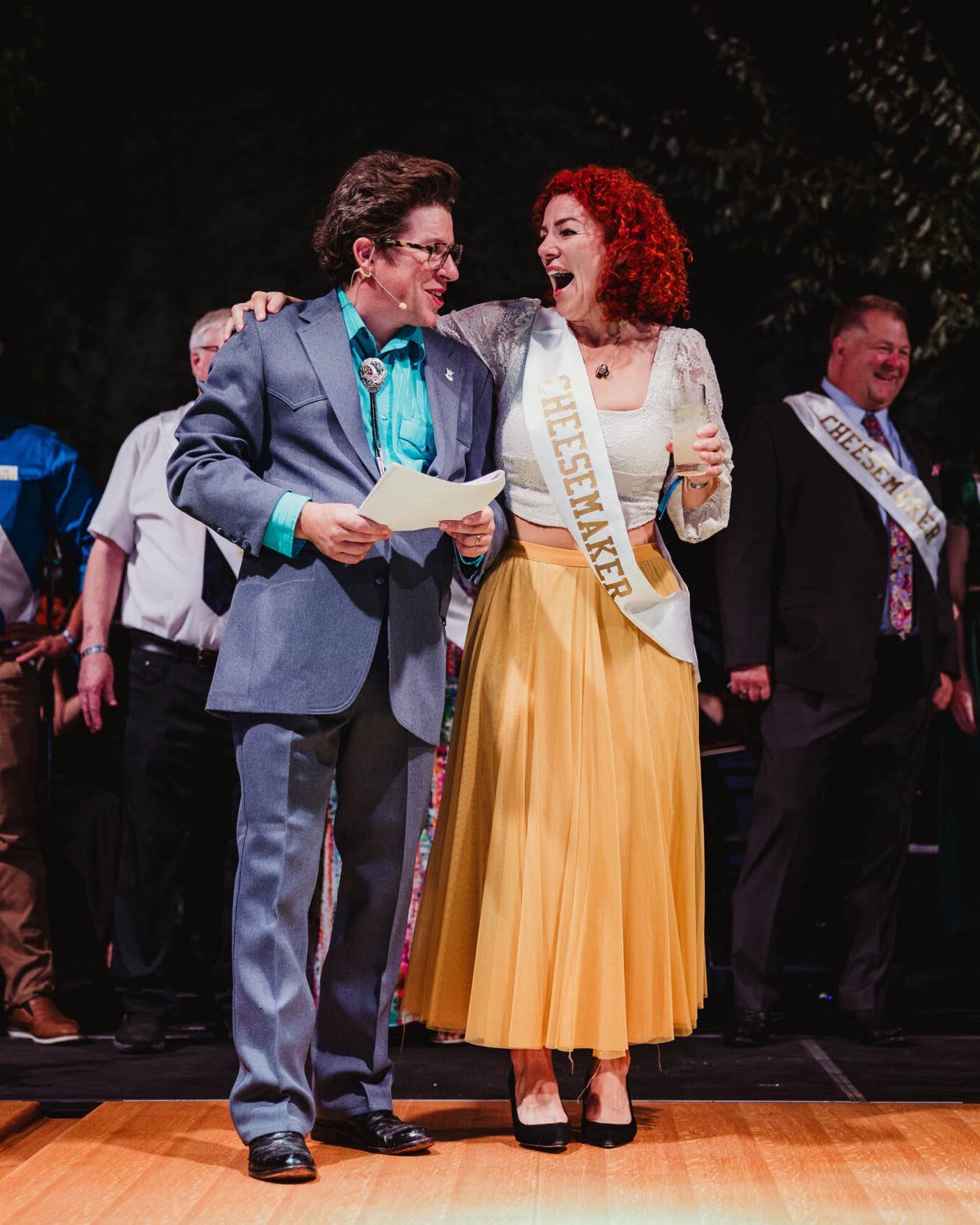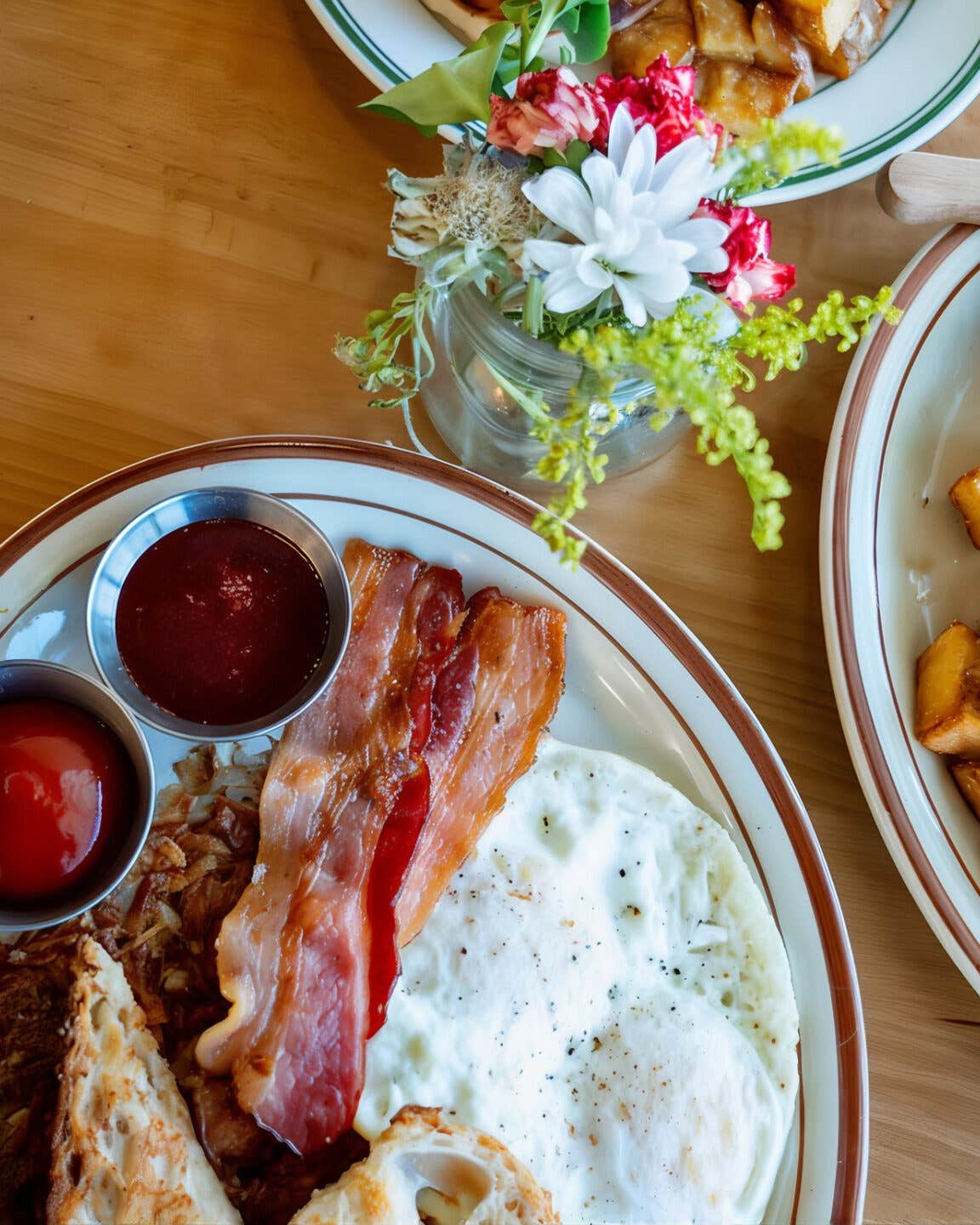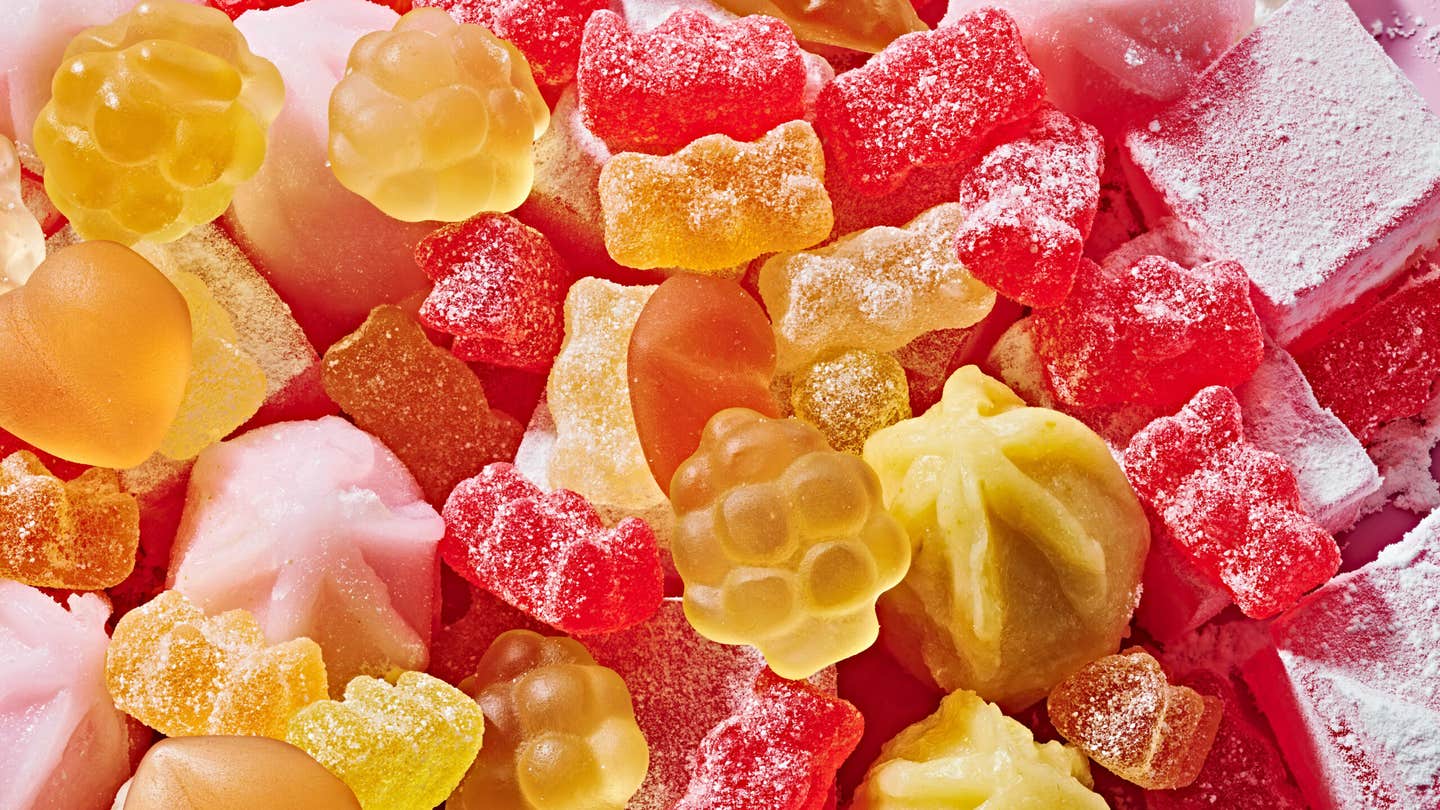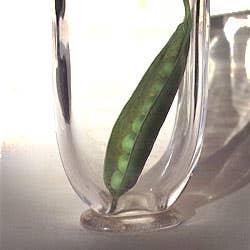
I eat my peas with honey.
I've done it all my life.
It makes the peas taste funny,
but it keeps them on my knife.
That was my favorite poem in the world when I was nine or ten. I have no idea who wrote it, or where I found it, but I loved the image it conjured up—at once practical, inventive, and very, very silly. Strangely enough, considering both my affection for this verse and the fact that I was something of a wiseacre around the kitchen as a child—I once stared unwaveringly at a panful of water over a high flame on the stove to prove once and for all that a watched pot does boil—I don't remember ever having tried to attach peas to a knife with honey myself. But peas were certainly the defining chlorophyllous vegetable of my childhood. I ate them by the carload: squishy, vaguely gassy-smelling, yellow-green canned peas; boldly verdant frozen peas, sometimes mixed with perfect little cubes of bright orange carrot; puréed dried peas whipped up into split pea soup, always out of a can.
What I'm saying is that peas were inevitable when I was growing up. Back when rutabaga and parsnip were joke words and nobody without a vowel at the end of their name ate eggplant or zucchini, peas were, with potatoes, practically the only vegetable there was. Not surprisingly, a survey done in the mid-1970s in California named the pea as the most "characteristic" vegetable of all.
Characteristic peas may have been, but what they were not, in the old days, was fresh. Even the fanciest restaurants served them out of the cupboard or the freezer. (Clarence Birdseye turned his attention to peas in the 1920s, and they became one of the earliest frozen vegetables.) I doubt that I ate fresh peas myself until I was a teenager—and those were probably not regular green or English peas, but the almost pea-less pods known as snow peas or Chinese peas—which were something of a fad in our better eateries 20 years ago or so. (Like the now even more faddish sugar snaps, whose peas are better developed, these are simply pea varieties bred without a fibrous pod lining; the pods are thus more easily digestible than normal ones.)
I don't recall the first time I ate pea peas, but when I did, it didn't take me long to figure out how different they were from the preserved alternatives. For one thing, they came in all sizes; the big and small ones had not been culled. For another, their color was neither yellowish nor preternaturally bright; it was green, all right, but in a sort of confidently faded way—looking more organic than artificial. Then there was their flavor. Canned peas had always tasted sort of metallic to me; frozen peas tasted as bright green as they looked, but played just one note on the palate. Fresh peas had more going on: a trace of sweetness, a nip of acidity, a dust of earthiness. You could also (if they weren't overcooked) play with them in your mouth, slipping off the skin with your tongue, then gently separating them into two halves—split peas!—before squashing them between your teeth and swallowing them down. What more could any culinary wiseacre ask?
The pea (Pisum sativum) is an ancient legume. Archeological evidence suggests that it may have been cultivated nearly 12,000 years ago in both Switzerland and Thailand—"[a] record," suggests Burt Greene in Greene on Greens, "for any vegetable that is still consumed with a measure of relish." Later, peas were grown and appreciated in India and the Middle East, and were then taken up with enthusiasm by the Greeks and Romans. The famed first-century A.D. Roman epicure Apicius included 13 recipes for them in his De Re Coquinaria. The most elaborate of these, pisa farsilis (peas "supreme-style"), combined them with sow's belly, leeks, coriander, thrushes (or a thrush substitute of chicken and brains combined), sausage, bacon, pine nuts, pepper, lovage, oregano, ginger, pork broth, oil, caul fat, crushed nuts, hard-boiled egg yolks, white wine, and, yes, honey. To those of us who believe that peas should be sweated in a few drops of water and served with nothing more than salt and butter, this may seem a bit excessive—but the peas the Romans ate were usually dried (since the growing season was short and there was no other means of preservation available) and famously bitter. A little sow's belly and honey probably only improved them.
The Italians, French, and Spanish all adopted peas into their classic cuisines. The notorious French courtesan Ninon de Lenclos, who was said to have had 5,000 lovers during her 40-year romantic career, considered them to be an aphrodisiac, preferring them (the peas, that is) puréed—sometimes with a dose of sherry added just for spice. Christopher Columbus is said to have introduced peas to the Americas, planting them on Santo Domingo in 1492. Thomas Jefferson, who grew them at Monticello, called them his favorite vegetable, and catalogued more than 50 varieties.
Most of the green peas we eat in this country today come from the usual place, California—where the bulk of production occurs between January and June, and especially in late spring. Snow peas and sugar snaps are available pretty much year-round, with Mexico and Central America filling in for California in the winter months—but fresh green peas remain, blessedly, a seasonal pleasure, an edible emblem of spring.
The pea, like corn, is one of those vegetables that benefit from impatience: Don't let peas sit around; eat them as soon as possible after they're picked (preferably from your own pea patch). Their intensity of flavor is remarkable for the first few hours after harvesting, and at this stage, it's a shame to subject them to any treatment beyond a mild boiling or steaming and the simplest of seasonings. As they get slightly older—a day or so, perhaps—I like to marry them with other vegetables, cooking them lightly, for instance, in a sort of ragout with morels, carrots, and potatoes, or mixing them up in a salad with a jumble of cooked and raw vegetables, or maybe cooking them Venetian-style with rice for risi e bisi.
Good quality peas that have spent a couple of days in the commercial grocery system can still be plenty tasty for these uses—or they can be turned into a light, vividly flavorful fresh pea soup that will make the usual split-pea sludge seem pretty dreary. But when peas get to be over a week old, well, frankly, they start to fade; at that point, you might want to dig out your Apicius.
Keep Reading
Continue to Next Story
